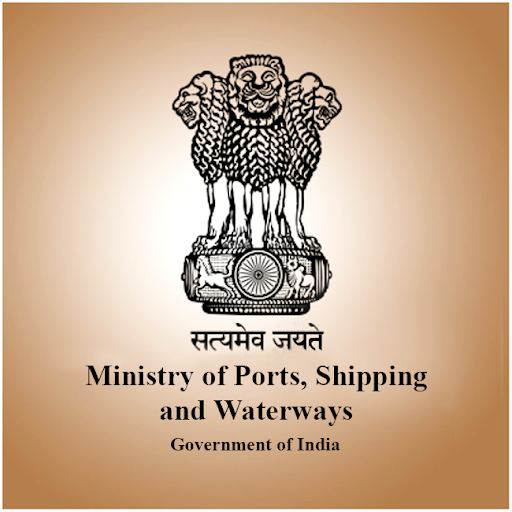India’s maritime heritage is as expansive as its 7,500-kilometer coastline, hosting 12 major ports and over 200 minor ones. Strategically positioned along the world’s busiest shipping routes, India is not just a vital trading hub but a rising global power. Contributing 16% of global growth in 2023 and projected to become the third-largest economy within three years, India’s maritime sector is central to its aspirations in commerce, connectivity, and international cooperation. As the nation ascends globally, its maritime domain becomes a cornerstone for sustainable practices and forward-looking strategies, underscoring its role in shaping global governance.
Recognizing this potential, the inaugural edition of Sagarmanthan: The Great Oceans Dialogue, held on November 18-19, 2024, in New Delhi, marked a pivotal moment for South Asia’s maritime discourse. Jointly organized by the Ministry of Ports, Shipping, and Waterways (MoPSW) and the Observer Research Foundation (ORF), this landmark event brought together policymakers, business leaders, and visionaries to reimagine the future of the marine sector. Focused on themes like the blue economy, global supply chains, maritime logistics, and sustainable growth, Sagarmanthan charted an actionable path for a dynamic maritime ecosystem.
India’s maritime sector plays a crucial role in its economic framework, managing approximately 95% of trade volume and 70% of trade value. With a robust port infrastructure—12 major ports and over 200 intermediate ones—the country handled 819.22 million tonnes of cargo in FY2024, a 4.45% increase from the previous year. The government’s proactive measures, including 100% Foreign Direct Investment (FDI) allowances and tax holidays for port development, have bolstered the sector’s growth. Initiatives like the Sagarmala Programme, Maritime India Vision 2030, and the Green Tug Transition Program further underscore India’s commitment to modernizing its infrastructure and promoting sustainability.
In addition to these efforts, India’s maritime achievements include being the world’s third-largest player in ship recycling and a growing contributor to global shipping, with over 1,530 ships under its flag in 2023. The country also continues to enhance port efficiency, with major Indian ports achieving container turnaround times better than global benchmarks.
India’s leadership in green initiatives, such as establishing green hydrogen hubs and transitioning to eco-friendly tug fleets, highlights its commitment to environmental sustainability. The government’s investment of $82 billion in port infrastructure by 2035 and the development of new national waterways promise a more sustainable and interconnected future.
With the insights shared at Sagarmanthan and the strategic initiatives underway, India’s maritime sector is poised to lead on the global stage. It is building a future-ready, sustainable, and innovative ecosystem, solidifying its role as a central player in the global maritime landscape.




